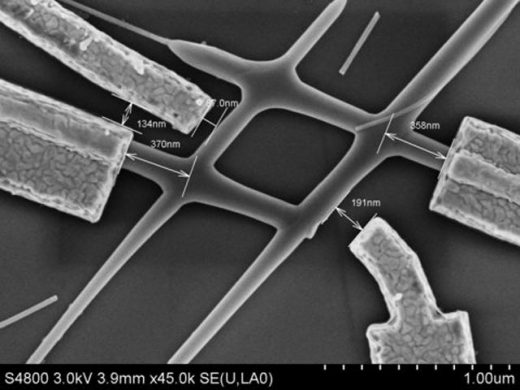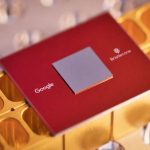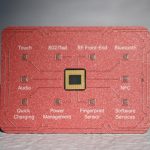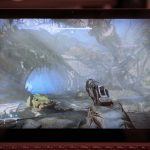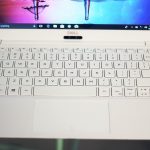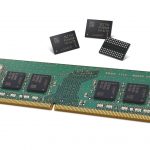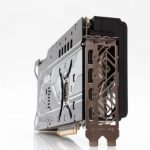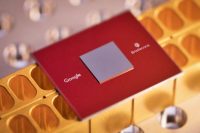Quantum ‘hashtags’ may prove the existence of a strange particle
Hashtags could soon be useful for a lot more than fostering discussion on your favorite social network. Researchers have developed a hashtag-shaped quantum chip (shown below) that could confirm the existence of the oddball Majorana particle, which exists as both matter and antimatter at the same time. The team has learned that laying indium phosphide nanowires in the familiar ‘#’ shape creates a closed circuit that lets the particles pass by each other and braid, rather that annihilating each other like they would on a single wire. Think of it like creating streets with intersections instead of a one-lane road — the ‘traffic’ can actually get around without collisions.
The processes for producing those nanowires and their particles are no mean feat. You have to subject the hashtags to a stream of aluminum particles that creates superconducting layers on specific parts of the wires, triggering the emergence of the Majorana particles. And did we mention that everything has to happen at near absolute zero temperatures in order to guarantee pure contacts?
If the chip works as promised, it would shake up our understanding of particles and physics as a whole. And in practical terms, it could help make quantum computers a reality. Two ‘braided’ Majorana particles could form the qubits that perform calculations in quantum systems, opening the doors to PCs that handle many tasks at once. There’s a lot of work to do before that’s a realistic possibility (how do you mass-produce these chips?), but this simple pattern could eventually form a cornerstone of computing.
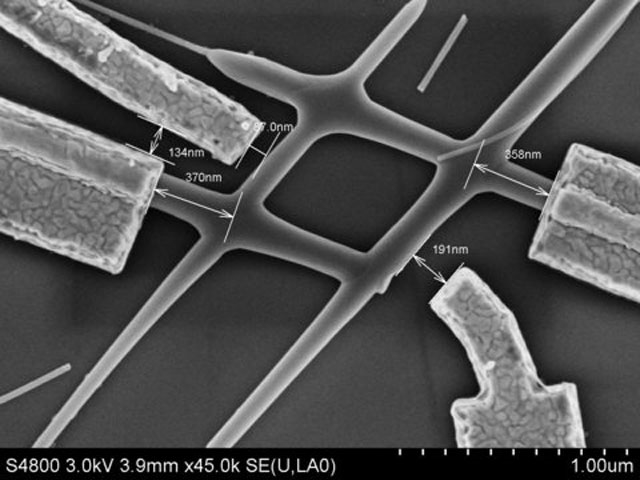
Image credit: Eindhoven University of Technology
(22)

